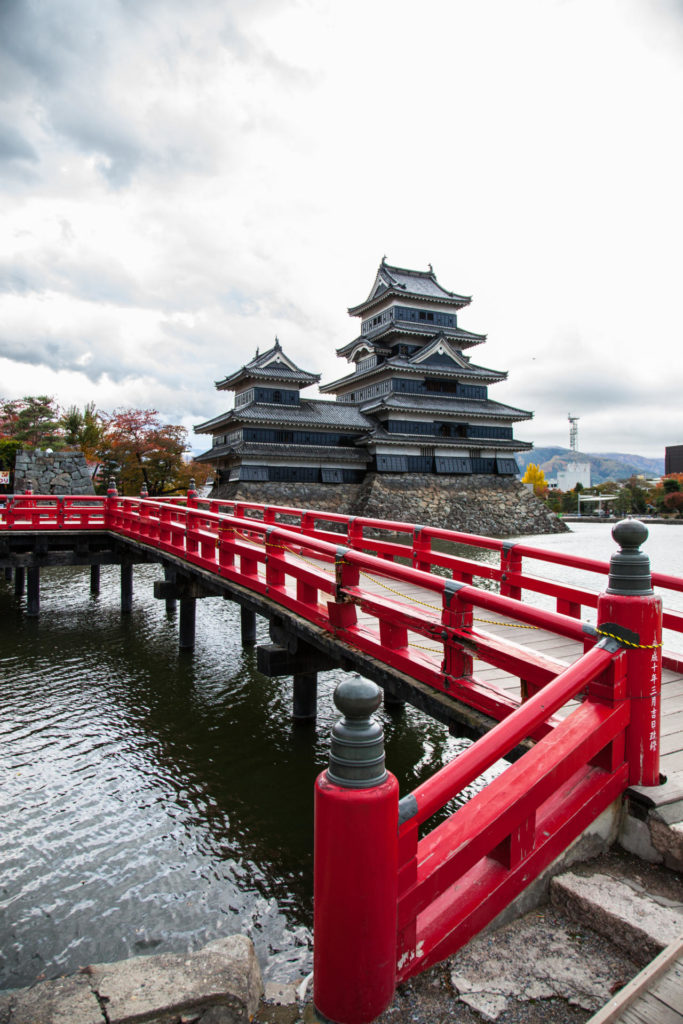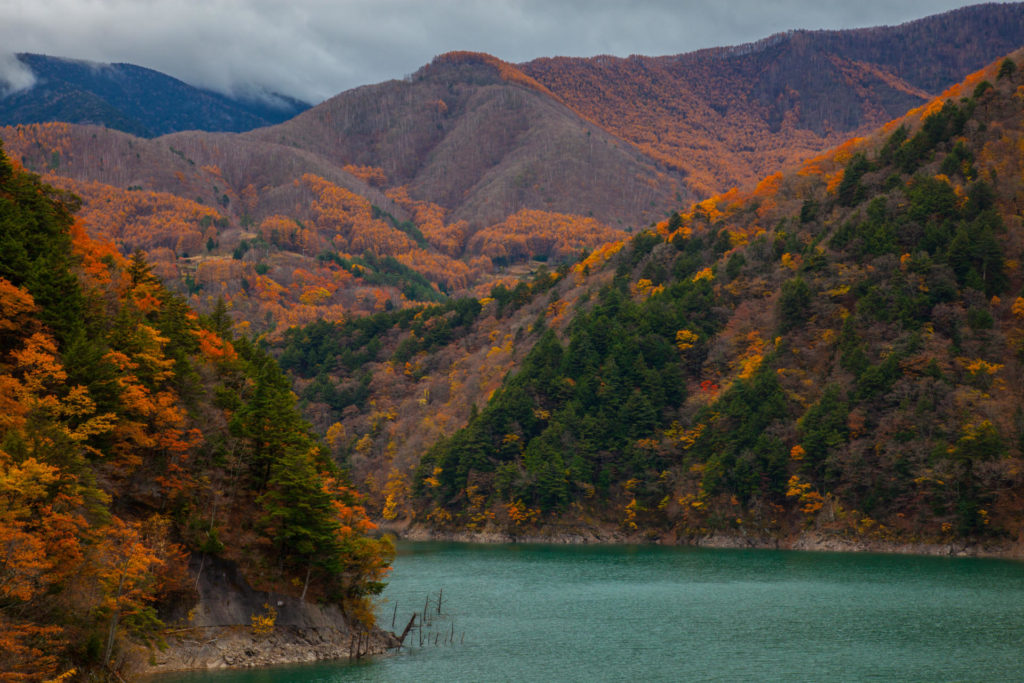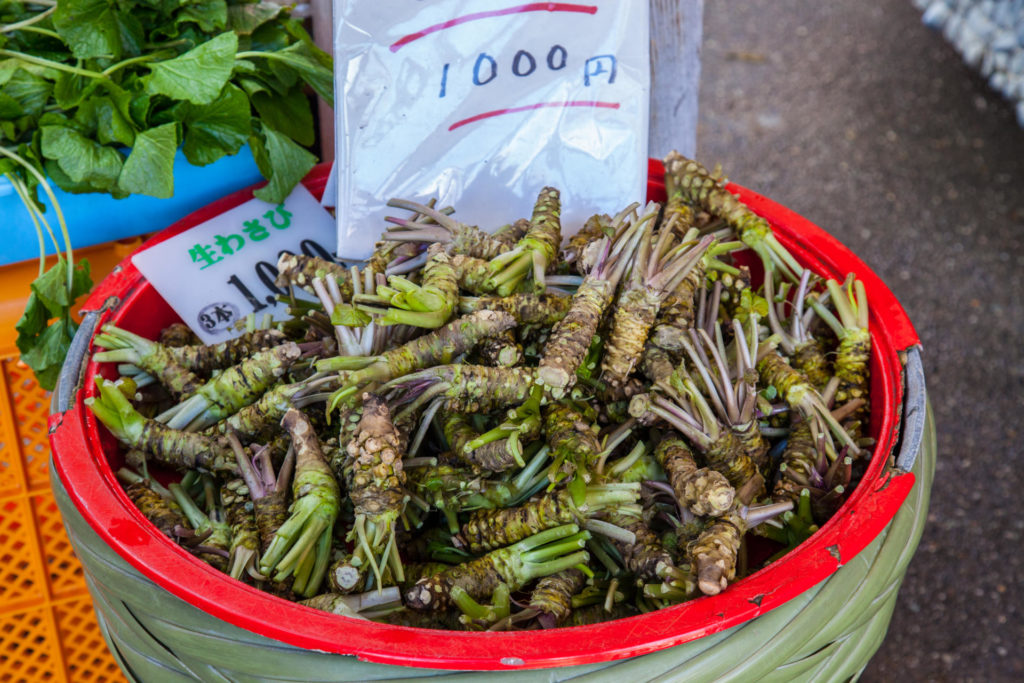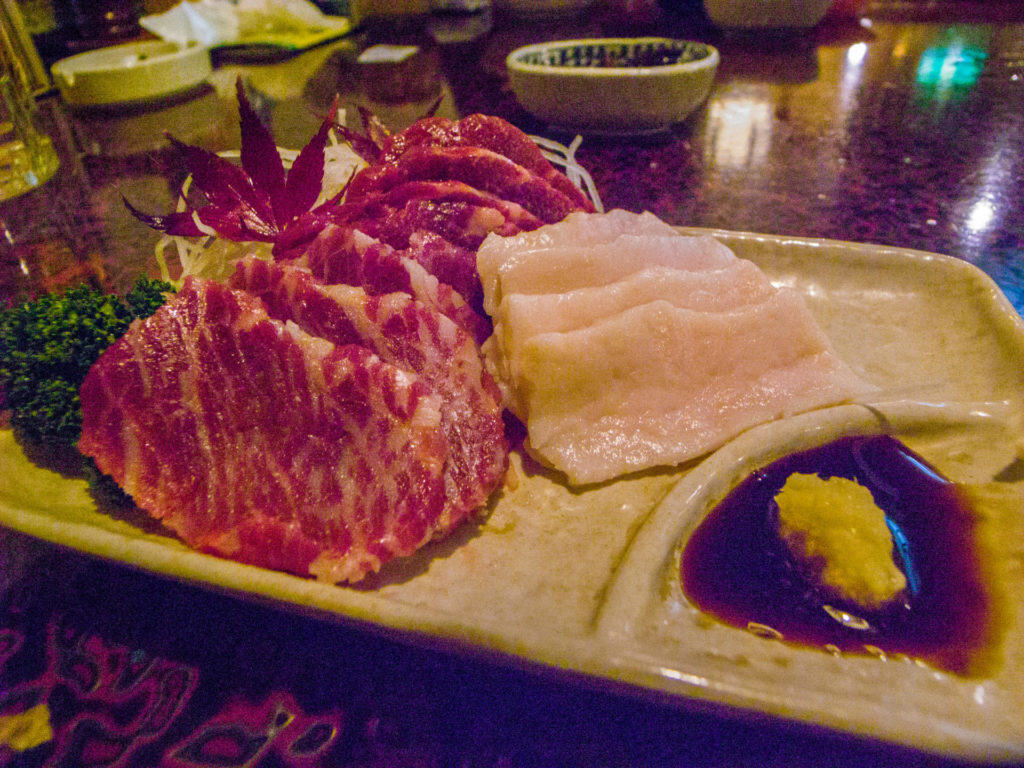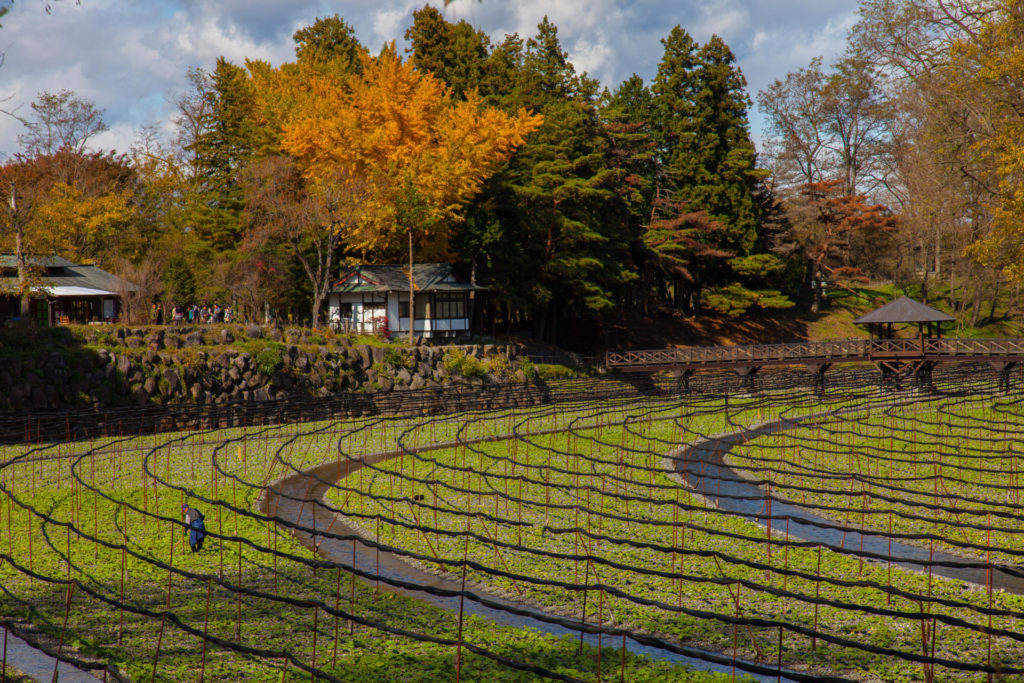It was a cold January evening in 1618. The guard shivered, stifled a yawn and shifted his weight from right to left in an effort to keep himself warm and awake. He was on duty, and it would not befit a young samurai to sleep on his watch. He stiffened, the hairs on the back of his neck rising as someone approached; a young woman dressed in the traditional red-and-white garb of a shrine maiden.

He blinked and shook his head, trying to clear his thoughts and his eyes. There was no mistaking it; the young woman stood resolutely before the warrior. He chastised himself for allowing her to sneak up on him.
“Do not fear,” she said. “Listen carefully and act upon what I say, and good fortune will befall this place.” After delivering her message, she drifted slowly toward the ceiling and disappeared.
Questioning his sanity, the guard reported the encounter to his lord the next day.
“My Lord, last night an apparition claiming to be Nijuroku-yashin, the goddess of the 26th night of the month, appeared before me and said that if we enshrine her with an offering of 500 kilograms of cooked rice, the castle will prosper and be protected from fire and enemies.”
The daimyo noted the gravity in the young man’s eyes and did as the goddess bade. A shrine was built in a ceiling of the main tower, and on day 26 of every month, an offering was made.
Such is the ghostly legend of Matsumoto-jo, one of the last four Japanese castles to still stand intact. Perhaps the goddess has kept her promise. Known as the crow castle because of its black walls and the upward sweep of the roof resembling crow’s wings, the structure is the centerpiece of Matsumoto City in Nagano Prefecture. Be careful not to let the locals hear you say Nagano though, as that is merely the name of another city. Shinshu is the preferred name of the area.
According to another legend, some time during the Edo period a local farmer, Tada Kusuke, refusing to pay the exorbitant taxes during a time of famine, was beheaded on a hill overlooking the castle. He shouted his message of unfair taxes until the blade fell. At the moment of his execution, a loud cracking sound filled the air, and the castle suddenly leaned to one side. It remained that way until its restoration hundreds of years later.
The structure is in pristine condition and is an outstanding example of a flatland fort, with well-fortified walls and a beautiful moat. There are many fascinating stories and facts surrounding the building and its history, and the best way to enjoy it fully is to avail one’s self of the free guided tours. Tours are available in Japanese and English and are conducted by local volunteers eager to share their love of the castle town and surrounding areas. I was fortunate enough to be guided by Shō Hagiwara who spent the better part of three hours answering my questions and giving details of the castle’s past. Considering the admission fee is just ¥600, it was an inexpensive way to spend an enjoyable few hours.
Matsumoto is the heart of the Shinshu area and is famous for its produce and proximity to Kiso Valley and the Nakasendo (the “middle path” through the mountains that was a traditional route of daimyos to Edo, the capital) as well as Japan’s Southern Alps. It is the kick-off point for many heading over the mountain range to Kamikochi National Park and further beyond to Hida-Takayama in Gifu.
The drive between localities is filled with gorgeous scenery, and the area is abundant with hot springs, so there are ample opportunities for one to partake of one of the season’s joys—a good long soak.
Autumn is apple season, and Shinshu is famous for its Azumino-Azusagawa apples. The cool weather, complimented by clear blue skies, creates the perfect mood for either riding or taking a drive around the orchards. The Southern Alps mountain range, with a dusting of the season’s first snow, dotted intermittently with crisp reds and greens of maples and pines, ensures a memorable and scenic treat.
Take the time to familiarize yourself with another of the local treats, fresh wasabi. Daio Wasabi Farm is Japan’s largest, covering 15 hectares and yielding 150 tons of flaming green goodness per year. Try some of the delicacies there such as wasabi ice cream or raw wasabi. While the root is generally known for its fiery ability to clear your sinuses and bring you to tears, eaten fresh, it has a sweet initial taste before delivering a subtle burning sensation to your nose. It compliments many dishes, but is often eaten with sushi or sashimi.
Be sure to delight your taste buds with Shinshu soba (buckwheat noodles), and don’t shy away from trying basashi (raw horsemeat). It may sound disgusting, but I was pleasantly surprised how tasty it was. For those feeling brave, you may be tempted to try candied crickets on rice as a snack with sake or fried wasp larvae.
Being little more than a two-hour train ride from Tokyo, Matsumoto is a great autumn getaway, to delight the senses and get you ready for winter’s onslaught. The locals are friendly and take great pride in sharing their city with you. Why not impose on their hospitality for a day or two? You certainly won’t regret it.
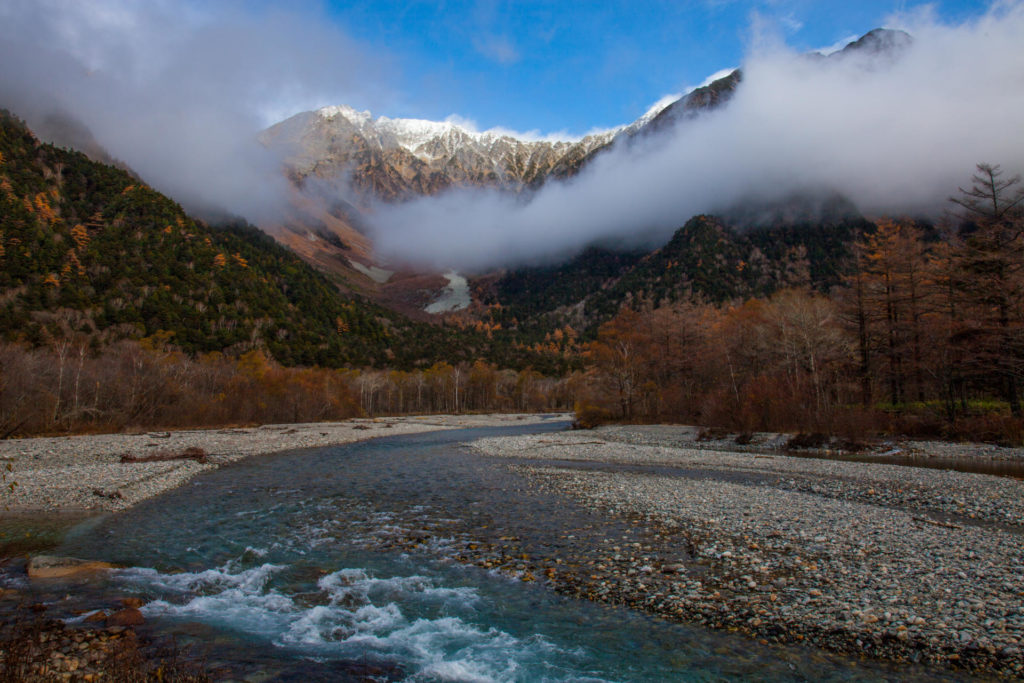
GETTING THERE
From Tokyo, reserved express trains depart regularly from Shinjuku Station and take two-and-a-half hours (¥6,910). From Nagoya, reserved express trains depart regularly and take two hours (¥6,070).





